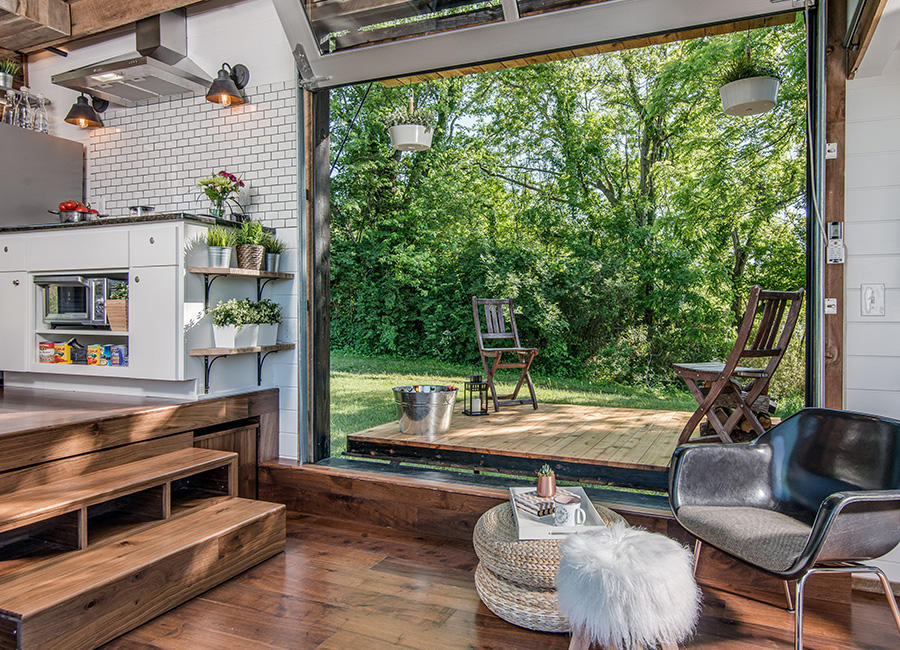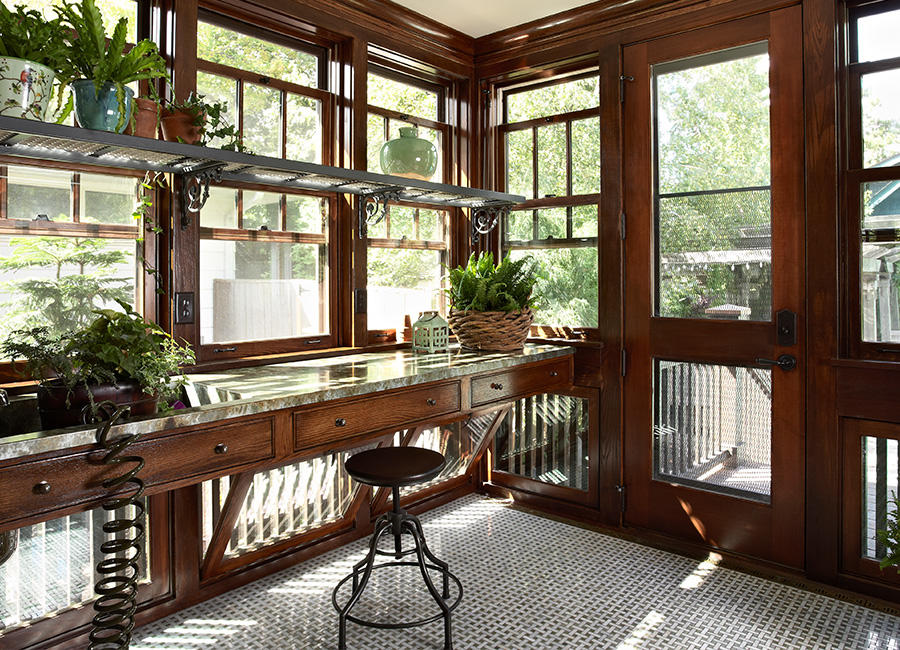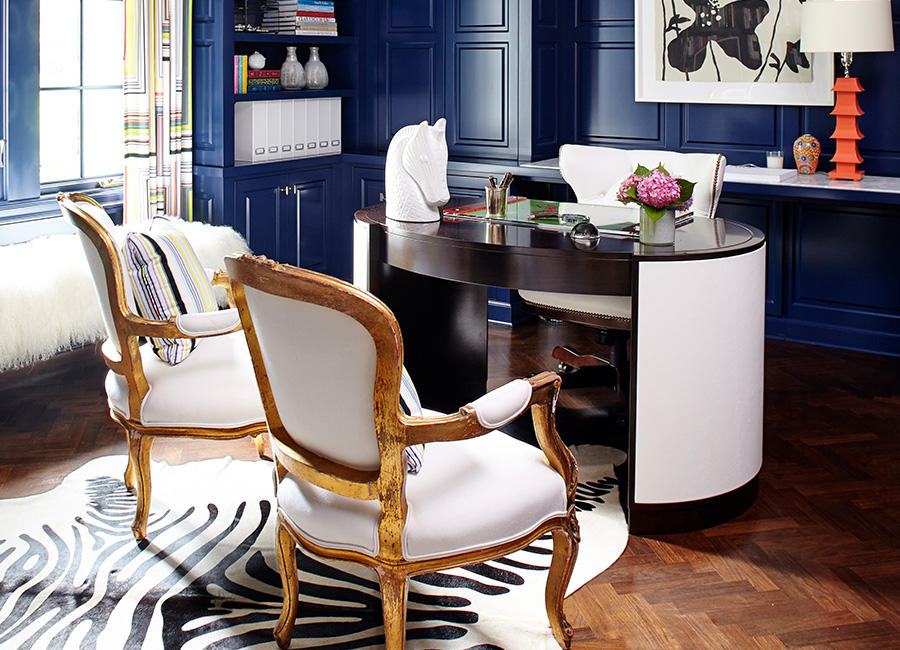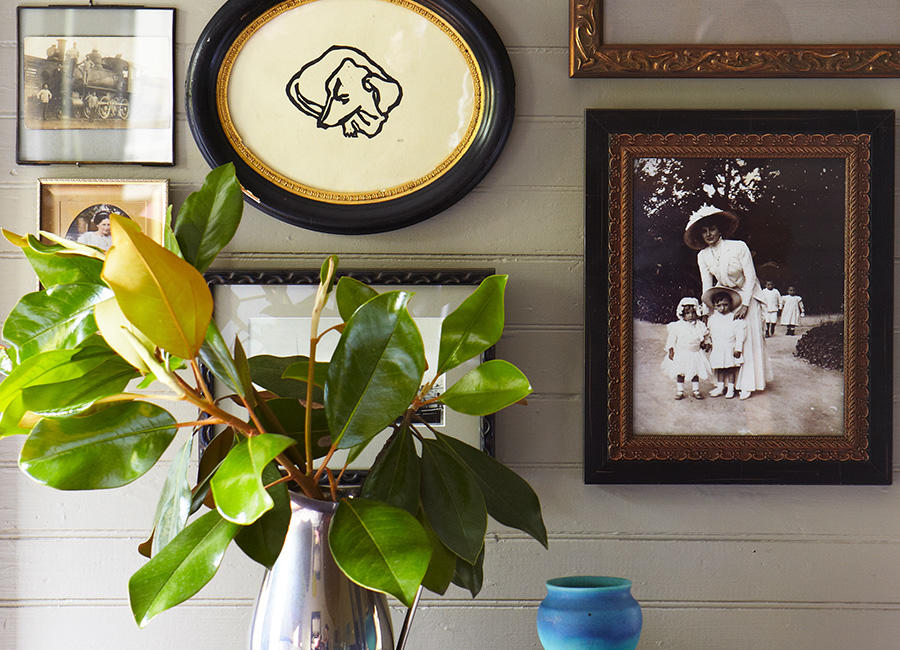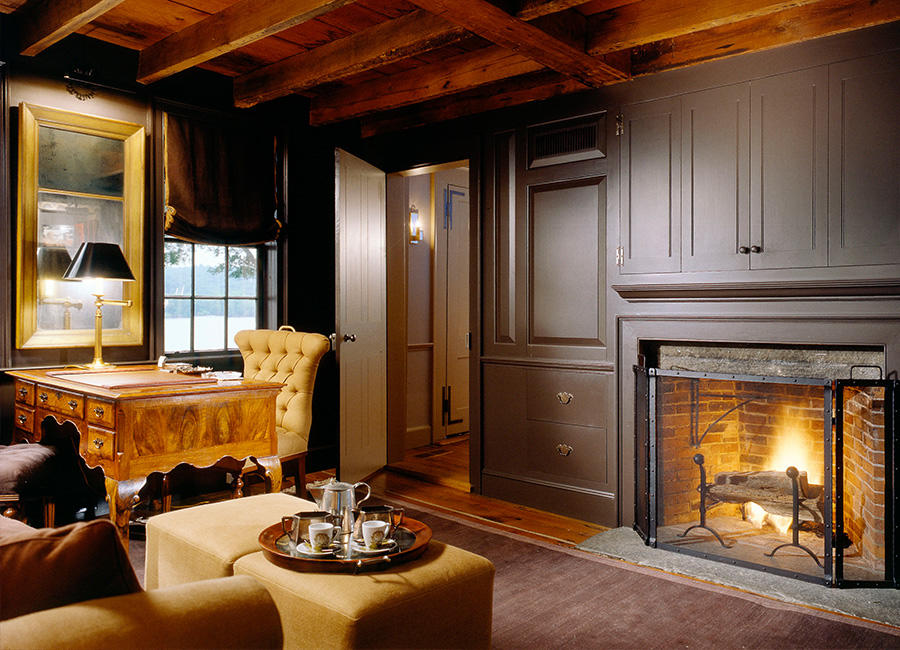Donald M. Rattner '79CC, an architect and design consultant, believes that the way we organize and style our homes has a powerful effect on our happiness and productivity. Here Rattner shares tips adapted from his book My Creative Space: How to Design Your Home to Stimulate Ideas and Spark Innovation.
Open up your space
Generally speaking, our minds oscillate between two cognitive styles. We sometimes refer to them as “right-brain” and “left-brain,” but more accurate terms are “creative” and “analytic.” We tend to use our creative side when our surroundings feel open and expansive. Studies have shown that working in a room with a high ceiling, for example, can make us more receptive to new ideas and new ways of doing things. A constricted space, on the other hand, activates our analytic side — we become more rational, focused, and detail-oriented as we feel the space closing in on us.
Color can significantly impact how we perceive space. Blue and other cool colors are optically recessive, so they appear to move away from us, while warm colors look like they’re advancing toward the eye. That’s why painting a room blue will make it feel larger than the same room painted red. There’s also evidence that color affects our reasoning: one experiment found that people exposed to blue scored higher on creative-thinking exercises, while those primed with the color red did better on analytical exercises.
Bring nature inside
Nature plays a huge role in how we think, feel, and act. This is unsurprising, given that human beings and their ancestors evolved in a natural environment. It’s only in the last minute of the movie of our existence, so to speak, that we’ve pivoted to spending as much as ninety percent of our time indoors. When we’re deprived of natural stimuli, we’re less creative, happy, and healthy.
Integrating elements of nature can help us de-stress and increase our capacity for problem-solving. Bring plants indoors, use natural materials like wood or stone, let in daylight, or incorporate natural sounds, like running water. Even hanging a landscape on the wall can be restorative.
Face outward
Facing your desk against a wall constricts your sense of space and perhaps your willingness to explore new ideas. It might even make you feel slightly anxious. The reason has to do with evolutionary psychology — early humans who chose habitats that allowed them to see what was in front of them, while protecting their blind spots survived predators. Bottom line: to facilitate a positive mindset conducive to creativity, face into the room, with a wall or solid element behind you.
Decorate wisely
Despite the trend toward minimalism, less isn’t necessarily more. According to research, rooms that have visually arresting architectural features and are richly furnished with books, art, lamps, and personal mementos have a greater potential to inspire innovative thinking than pared-down, boxy spaces.
Kick back and relax
A lot of creative people — especially writers — recline while working. They say their ideas flow better this way. Our brains function differently when we’re relaxed and lying down — one study showed that people solve creative problems ten percent faster in a recumbent rather than upright position. It certainly worked for Mark Twain and Marcel Proust, both of whom worked in bed. While your own bed probably isn’t an ideal place for creative problem solving — you want to associate it with sleeping, not working — sofas and recliners are great additions to any creative space.
Live a creative lifestyle
Environmental elements that make us happy, healthy, and more relaxed also generally make us more creative. If you’re brainstorming and hit an impasse, dim the lights so that less information enters into your consciousness. Listening to music that you find calming is a great stimulant for creativity. Because sitting down for long periods of time while working is generally not good for you, some people use standing desks.
You should also give your brain plenty of breaks. Nap, exercise, meditate, go for walks — anything that takes your mind off your task. The shower is a classic “idea incubator” because it doesn’t require you to think about your actions. You’ve done them thousands of times. As result, you can open up a part of your mind, below the threshold of consciousness, where ideas are percolating.
This article appears in the Spring/Summer 2020 print edition of Columbia Magazine with the title "Creative Space, Creative Mind."
